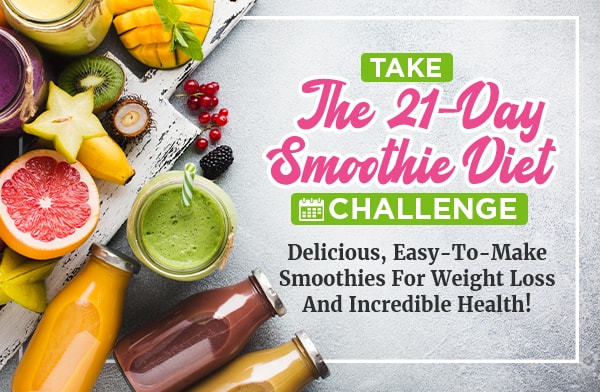Our Favorite Smoothie Ingredient Swaps and Substitutions
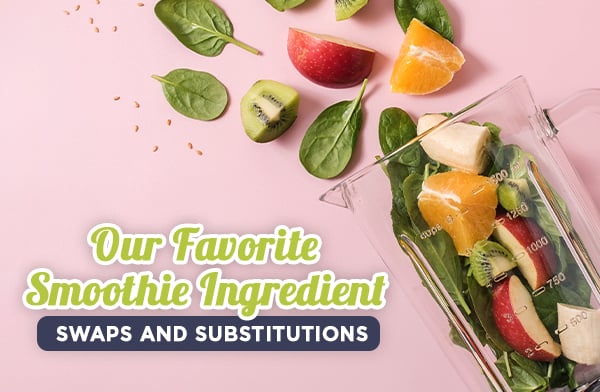
Smoothies are great because they’re flexible. A smoothie can be nearly anything you want, as long as it’s blended up and enjoyable. Of course, if you want your smoothie to stay healthy, you need to use healthy ingredients. Even so, if there’s a common smoothie ingredient you don’t like, just swap it out for something else! No one will judge you. If someone does, you just send them to me, and I’ll help set them straight.
My Smoothie Diet program has a list of alternatives for the ingredients I recommend, but this post expands upon that list and adds even more. The point of the smoothie diet is to get you started on your smoothie journey, so I recommend sticking with the plan initially and only varying it up later once you’re into it. Of course, the final decision is yours.
Here’s a rundown of as comprehensive a list of ingredient swaps as I know. If you have one to add, feel free to drop it in the comments below!
Instead of Apples…
Apples are sweet, crisp, and full of fiber. If you want something else for your smoothie, you have a lot of choices that meet those criteria. Pears, Asian pears, and pear apples are all good choices. You can also try out other varieties of apples! There are dozens of them out there, and they all have different flavors. What don’t you like about apples? Some are sweet, some are sour. Some are thin-skinned, some are thicker. There’s a lot of variety to try.
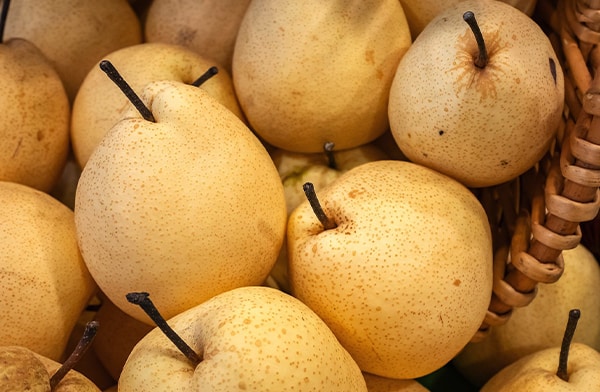
On the other hand, if you just aren’t a fan of preparing apples, there’s not much way around it. You can get an automatic apple peeler and corer if you want a machine to do most of the work for you, but you’ll still need to cycle through the fruits and load it. Alternatively, you can buy preserved fruit. One good option might even be applesauce, so long as you make sure to get one that hasn’t been loaded up with extra sugar.
Instead of Banana…
Bananas are a core component of virtually all smoothie recipes because they give them an excellent creamy texture with a subtle but pleasant flavor. Unfortunately, some people don’t like the taste of banana, and a few people out there are even allergic to it. What can you do to swap out bananas?
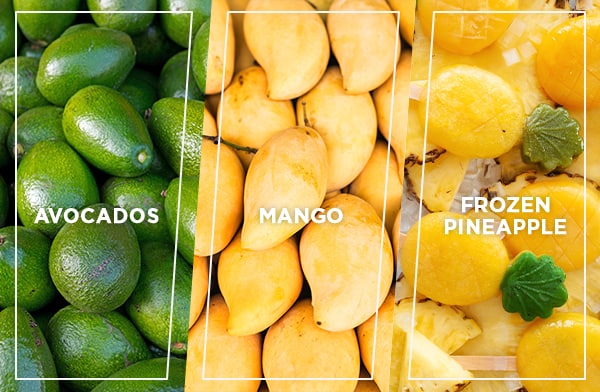
- Avocados. Very different in flavor, but avocados are rich in healthy fats, which give you that same creamy texture.
- Mango. A ripe, but not too ripe mango can give a smoothie a creamy texture and a bit of a tropical tang.
- Frozen pineapple. Specifically, frozen, because the chill also helps thicken and cream up a smoothie, depending on the other ingredients.
There are a handful of other ingredients you can use as a swap as well. Luckily, I wrote a full guide to banana-free smoothies over here, which you can check out.
Instead of Berries…
Try out other berries! There are a ton of different kinds of berries out there for you to try out. Strawberries, raspberries, blueberries, grapes, blackberries, black raspberries, goji berries, acai berries, bilberries, cranberries, huckleberries, mulberries, boysenberries, lingonberries, gooseberries, elderberries, currants, cloudberries, pineberries, and more can all be swapped in and out, as long as you can find them.
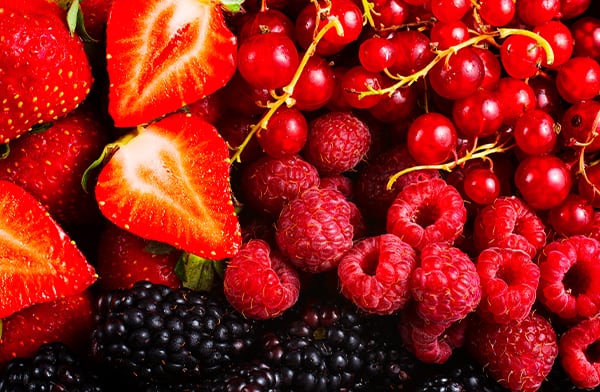
Granted, some of these will be much harder to find. Some of them are extremely regional. Some of them can only really be found as dried fruits and thus won’t serve the same purpose as fresh berries in a smoothie. Others can only really be found locally because they don’t ship well. A few are best served as jams or jellies, so you won’t find them as stand-alone berries at all. Whatever the case may be, you have a ton of options here.
Instead of Coconut Milk…
Almond milk is generally the best go-to milk alternative. That said, you have all manner of other options if you prefer. Cashew milk, rice milk, soy milk, and even pea milk are all choices you can try. Oat milk is also a viable option, and you can make it at home yourself if you want. You can even use regular dairy milk, though I don’t generally recommend it due to the high sugar content.
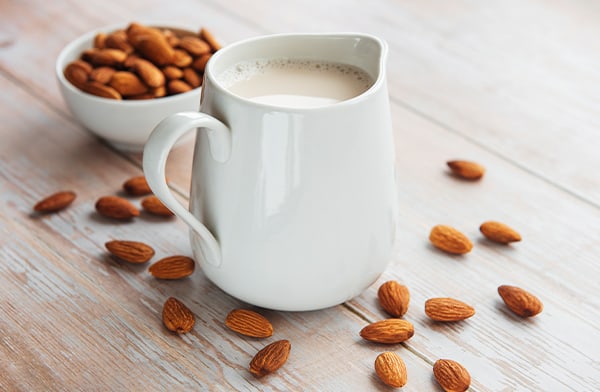
If all you want to do is thin out the consistency of your smoothie, you can always just use water as well. It doesn’t touch the flavor of your smoothie other than toning it down a little and thinning it out. There’s a reason why ice is a core ingredient, after all. Still, I generally prefer something with nutritional value over just plain water for a smoothie. Drink your water elsewhere.
Instead of Dates…
Dates are generally used in smoothies for two reasons. The first is that they have an earthy flavor that can go very well in other “darker” smoothies, like nut and chocolate smoothies. The second, and more common reason, is that it’s a natural way to sweeten a smoothie without adding something very sugary.
Figs and prunes are both relatively neutral, darker-toned fruits that add sweetness. Or, if you don’t mind the flavor or you just want more sweetness, you can use something like agave syrup, maple syrup, honey, or an artificial sweetener like xylitol.
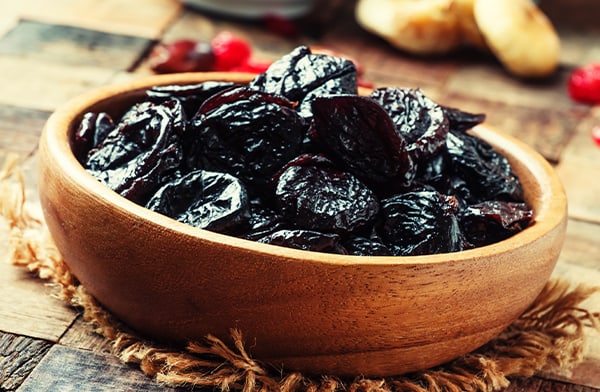
Artificial sweeteners do have a distinct, almost chemical-like flavor to them that some people find repulsive, so be careful if you decide to try it out. Also, remember that these sweeteners are often many times sweeter than pure sugar, so a little goes a long way.
Instead of Kale…
Kale is a common green for smoothies because it’s packed with nutrition. It has a bit more flavor than many other greens, however, and it can leave tough bits of leaf in your smoothie if you don’t blend it up right. To do so, I generally recommend blending up the greens first, before then adding other ingredients, so the greens are essentially blended twice.
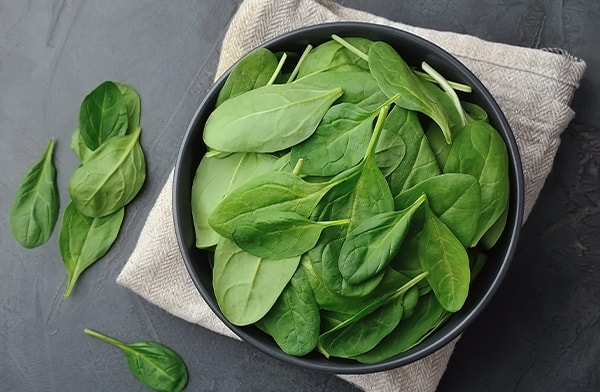
Instead of kale, try out some other greens. I recommend spinach, baby spinach, romaine lettuce, swiss chard, arugula, and bok choy. That last one might come as a surprise, but it’s actually a delicious green with a tiny bit of a peppery bite that accents many other smoothie flavors extremely well. Give it a try; you might be pleasantly surprised!
Instead of Mango…
A good sweet mango can be an irreplaceable tropics flare to any smoothie. It can also lend a creaminess only seen in a few other fruits (like banana; see above for more on that one.) Papaya and peaches can both give a unique kind of fruit flavor to a smoothie, and options like banana, avocado, or frozen pineapple can all replace the creaminess aspect.
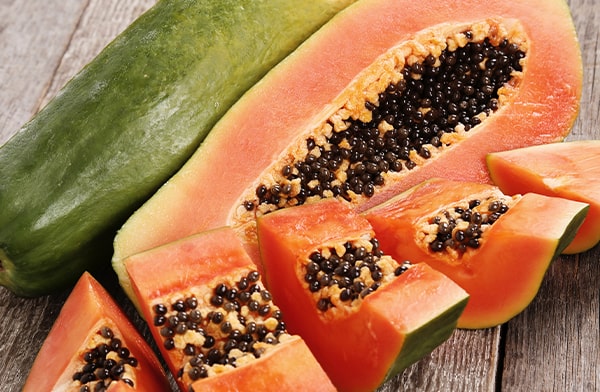
Another option is to try another variety of mango. The small yellow mangos and the large green/red mangos have very different flavors, and even if you don’t like one, you might enjoy the other. Also, make sure you’re getting mangos that are appropriately ripe. You’d be surprised at how much of a difference it makes, particularly with the larger mangos.
Instead of Melons…
Try out any other melon! There are a huge variety of different melons out there, and you might not have ever heard of some of them. Cantaloupe is good, as is honeydew, and watermelon is a classic. However, you can also try out melons like Galia, lemon drop, and even something exotic like a Yubari, which is a rare Japanese melon of renowned sweetness. You can even try something like cucumber, which is technically a kind of melon and has a similar flavor if you think about it.
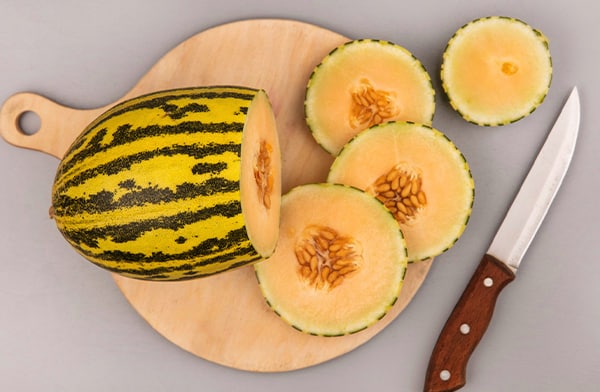
Melons are another fruit where ripeness makes a huge difference. That’s why I often simply recommend frozen melon chunks because they can be harvested and preserved when they’re ripe instead of harvested under-ripe and shipped. Fresh melons are the best if you can pick them up locally, though. A farmer’s market is your best friend for smoothies.
Instead of Orange…
Try out another citrus! Oranges actually run a wide variety of flavors, from tangy to sweet. A mandarin is very different from a navel or a cara cara, and a blood orange is a unique flavor of its own. You can also try out things like clementines, nectarines, and pomelos. If you want a citric tang without the citrus, you can also do tropical fruits like papaya, kiwi, and mango.
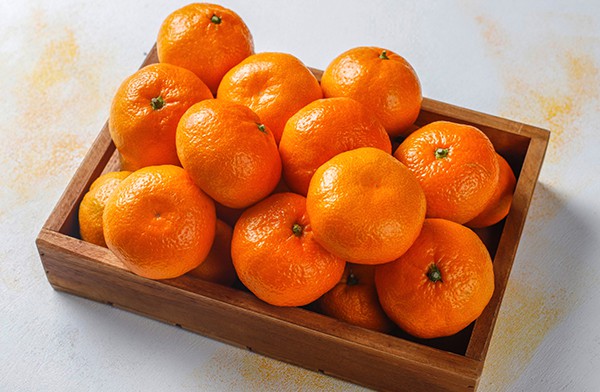
If you want the citric tang but don’t want the orange flavor, you can go with other parts of the citrus triangle. Lemons can add some delicious tang, while grapefruit adds a distinctive but pleasant bitterness. Limes can go great with some of the more tropical options, too.
Instead of Papaya…
Papaya is a tropical fruit with a distinct, almost waxy taste to it. Some people love it, others hate it, and even when blended into a smoothie, it can often stand out. Peaches and mangos can both be good alternatives.
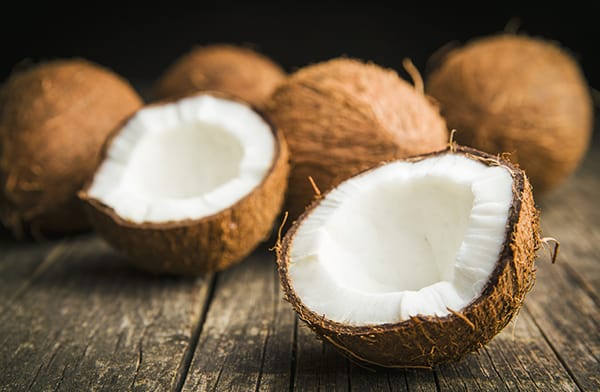
If you want something brighter but still tropical, try out pineapple. If you want something cooler and sweeter, coconut is a good option as well.
Instead of Peanut Butter…
Nut butters are all more or less interchangeable. They exist for a nutty flavor and a creamy texture, and they all work well enough together. Peanut butter is the general go-to, but you can also try out almond butter, cashew butter, or hazelnut butter for something rich and decadent.
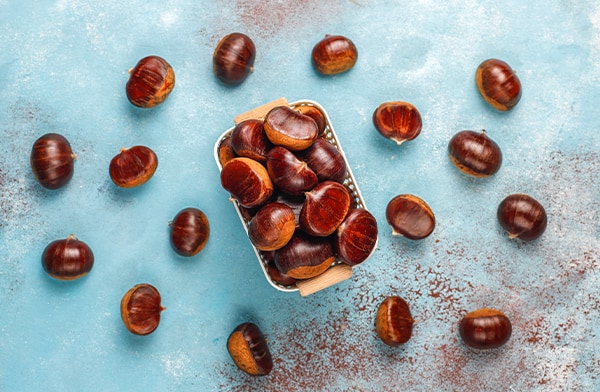
If you want, you can also add whole nuts. Almonds, cashews, peanuts, Brazil nuts, macadamia nuts, chestnuts, and other nuts can all go well when you blend them up enough. You might consider investing in a nut grinder, though, so you can make your own nut butters instead.
Instead of Pear…
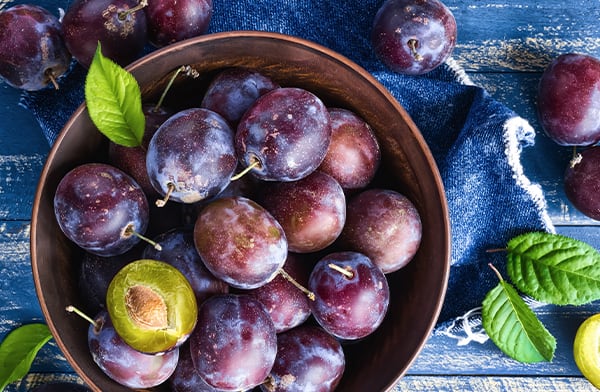
Pear is a very neutral flavor that works as a great base. It can add some creaminess, but it’s mostly there for sweetness. Thus, most substitutions should be something that adds a similar subtle sweetness to the smoothie. Peaches, apples, and plums are all good options here.
Instead of Pineapple…
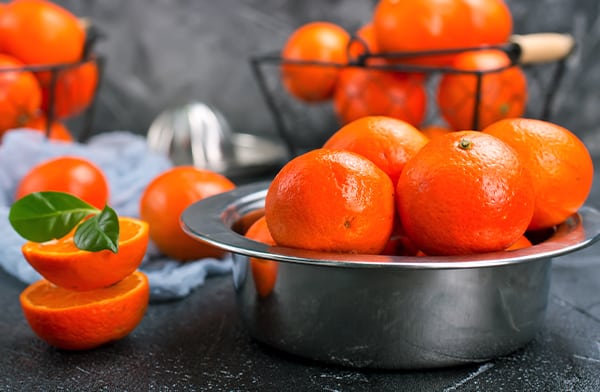
Try out citrus. Plenty of fruits can give you a tang that doesn’t have that same acidic quality that pineapple fans love. If you’re not a fan of that particular tropical fruit, try out something like oranges, tangerines, mangos, or even peaches. A good fresh peach can be a brilliant substitution, though it won’t be quite the same tropical flavor.
Instead of Pumpkin…
Pumpkin is another ingredient often added to smoothies for creaminess and sweetness. You have a few options here.
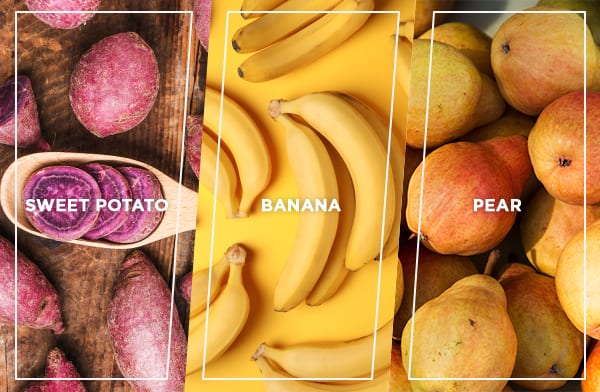
- Sweet potato. Pumpkin and sweet potato actually taste very similar, so much so that pies made out of them can be difficult to distinguish. Sweet potato puree can work well in a smoothie too.
- Banana. If you’re in it for the creaminess, banana is the way to go, unless you don’t want banana either.
- Pear. Pear can add sweetness and creaminess without being overbearing. It’s not the same flavor profile, but very little is.
Luckily for many of you, pumpkin isn’t a common ingredient in smoothies, so you shouldn’t need to make this swap too often.
What are your favorite ingredient swaps? Did I miss some that you find useful? If so, please let me know in the comments. I want this to be a comprehensive list, but I can only keep so many different foods in mind at once, after all. Additionally, if you have any questions or concerns about substitution options for your smoothies, please feel free to share those in the comments as well, and I’ll help you out however I can.
Finally, I want to make a quick note about allergies. If you’re trying to swap out an ingredient due to an allergy, you should be careful of other plants in the same family. For example, if you’re allergic to orange, pretty much every variety of citrus is going to hit you to some degree. You’ll want to try out more exotic substitutions to avoid triggering your allergy. Stay safe, friends! I would much rather see you stay safe and healthy than try a swap just because I recommend a recipe. Do what is best for your health, first and foremost.
